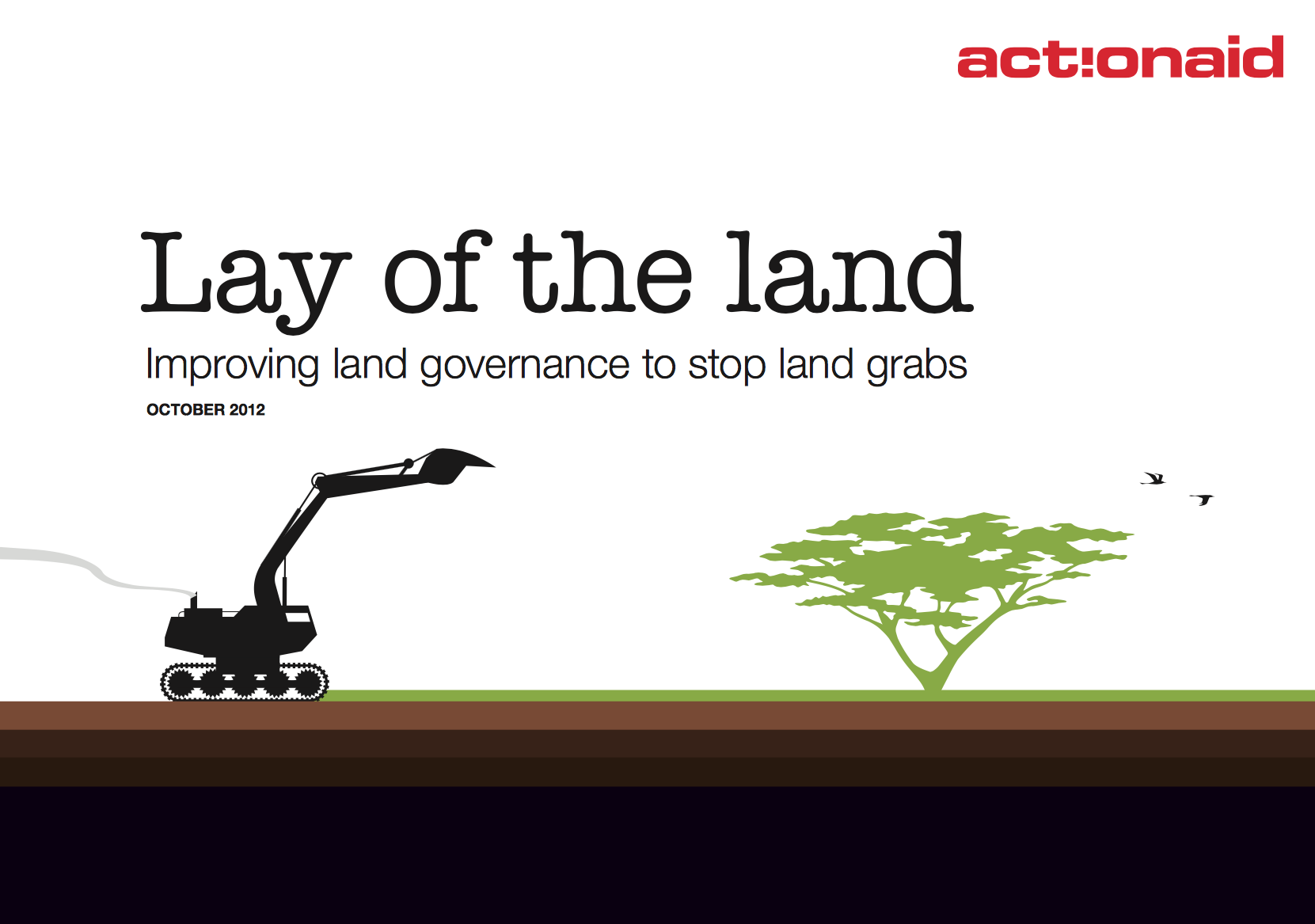Large-scale land acquisitions by investors, which are often called ‘land grabs’ (see next section for de nition), can deprive rural women and communities of their livelihoods and land, increasing their food insecurity. This report argues that the current rise in land grabbing needs to be urgently addressed, and focuses
on the actions that developing countries can take to mitigate land grabs through strengthening national land governance so that it is transparent, is accountable and protects communities’ rights.
For most rural communities and women in the developing world, access to land is the difference between being able to sustain a livelihood to support their families and going hungry. rural women in developing countries are among the poorest and most neglected people worldwide; despite the critical roles they play in promoting food security, women control less than 2 per cent of land globally.1 Half the world’s food is produced by small- holder farmers, the vast majority of them women – making land indispensable for their livelihoods and for global food security.2 but unless women have more secure tenure over land, food insecurity in developing countries will not improve, and women themselves will be the most likely to go hungry.
The importance of land to rural women goes beyond growing food. Having secure access to, and independent control over, land can mean the difference between, on the one hand, enjoying rights such as education and freedom from violence or, on the other, continual subjugation in society. The security of land tenure for impoverished rural communities is a fundamental component of digni ed, sustainable development and a crucial step towards reducing poverty and reducing inequality.
This report is divided into two parts. The rst looks at the impact of land grabbing on com- munities and highlights three issues: that women’s rights to land are not being protected in practice; that communities do not have secure land tenure, which is adversely affecting their food security; and that the priorities of foreign investors are outweighing those of local people.
The second part of the report contains 24 country reviews that examine the strengths and weaknesses of each country’s regulatory frameworks, assessing their ability to: provide legislative protection for communities at national and local levels from land grabs; guarantee gender equality at national and local levels; and regulate investment through the measures in place. We also attempt to report the key challenges, innovative practices and lessons learned, which, although context-speci c, may be useful for other countries facing similar land governance challenges.
Lay of the Land : Improving Land Governance to Stop Land Grabs
Publisher(s)
Data Provider

